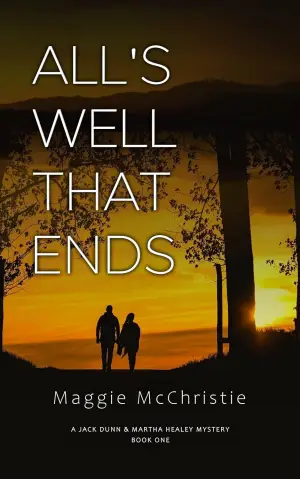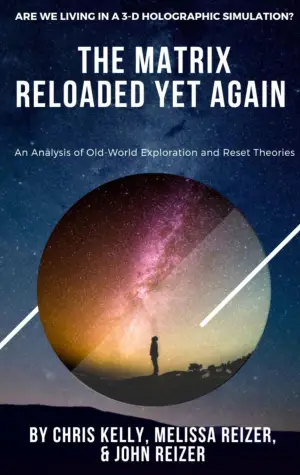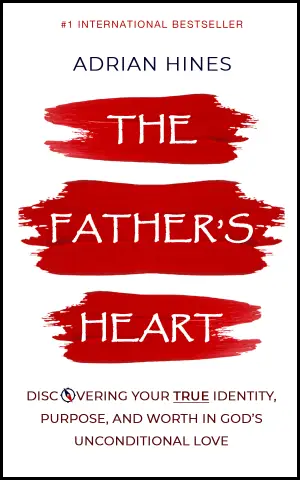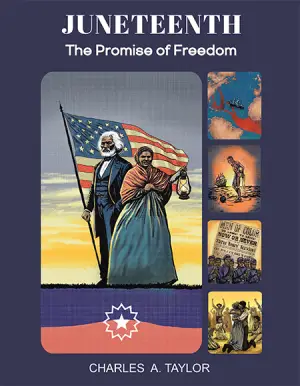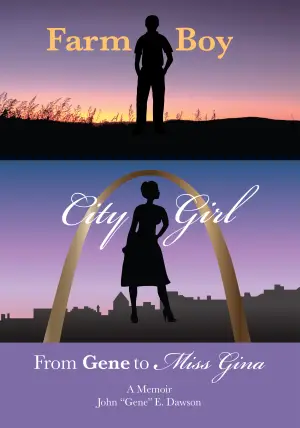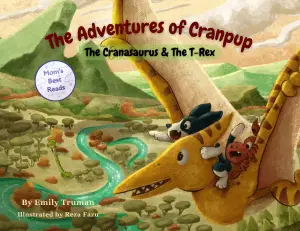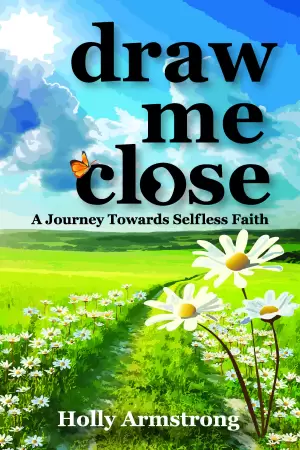A Journey Back to Panem: Catching Fire by Suzanne Collins
Ah, Catching Fire, the sequel to The Hunger Games, a book that is just as fiery as its title suggests! Suzanne Collins effortlessly hooks you back into the tumultuous world of Panem, where the stakes are higher, the drama is darker, and our beloved characters are pushed to their limits. In revisiting this sequel, I found myself torn—while I don’t think it quite holds the same magic as the first book, my admiration for this installment and its complexity remains unwavering. So, grab your tea and let’s dive into the heart of this intense narrative!
In Catching Fire, we find Katniss Everdeen and Peeta Mellark grappling with the aftermath of their first games while navigating the political webs spun by the Capitol. The tension between the trio of Katniss, Peeta, and Gale thickens, echoing that ever-familiar love triangle that keeps readers on their toes. From the very first chapter, which opens with Katniss reminiscing over tea about her horrific past, you can almost feel the weight of their trauma lingering in the air.
The ominous presence of President Snow adds a layer of tension that I found mesmerizing. His threats not only force Katniss to pretend to love Peeta, but it also sets the stage for the larger rebellion brewing beneath the Capitol’s shiny surface. Chapter after chapter, we’re treated to both heartwarming and gut-wrenching moments, from Peeta’s promise to Rue’s family to the magnificent catch of Snow’s cruelty.
Catching Fire is interlaced with themes of resistance and the struggle for identity. Katniss, grappling with PTSD, becomes a reluctant hero, a “mockingjay” of sorts, but one drenched in doubt and fear. I truly loved seeing her complexity flourish, especially in the face of challenges like the Quarter Quell, where past victors must return to the arena. Here, we meet fan-favorite Finnick Odair, whose charm and underlying vulnerability instantly captured my heart! The layering of new characters is a testament to Collins’s masterful storytelling, enriching the narrative in a way that felt both exciting and bittersweet.
Collins’s writing style remains sharp and immersive. She has a way of painting each scene vividly, from the opulence of the Capitol to the haunting undercurrents of despair in District 12. The pacing of the plot is brisk, maintaining a constant pull that leaves you racing to see what happens next—especially during the harrowing moments in the arena. Notable lines such as, “The odds are never in our favor,” resonate deeply, becoming a rallying cry amidst the chaos.
As I turned the final pages, I couldn’t help but relish in the profound sense of loss and betrayal that Katniss feels at the novel’s conclusion. The revelation of the rebellion’s true nature was startling yet impactful—a poignant reminder of how the oppressed can often feel like mere pawns in a game controlled by power-hungry players.
If you’re a fan of intricate plots, rich character development, and themes of resilience, Catching Fire is a must-read. While it may not quite eclipse the original, it nonetheless solidifies Collins’s prowess as a storyteller. Readers will be enthralled by the moral struggles and emotional turmoil faced by these characters, making it a perfect companion as we await the next twist in this mesmerizing series.
Catching fire? More like catching feelings! This book left me both longing for more and eager to discuss the weight of its narrative with fellow fans. Happy reading!
Discover more about Catching Fire (The Hunger Games, #2) on GoodReads >>


